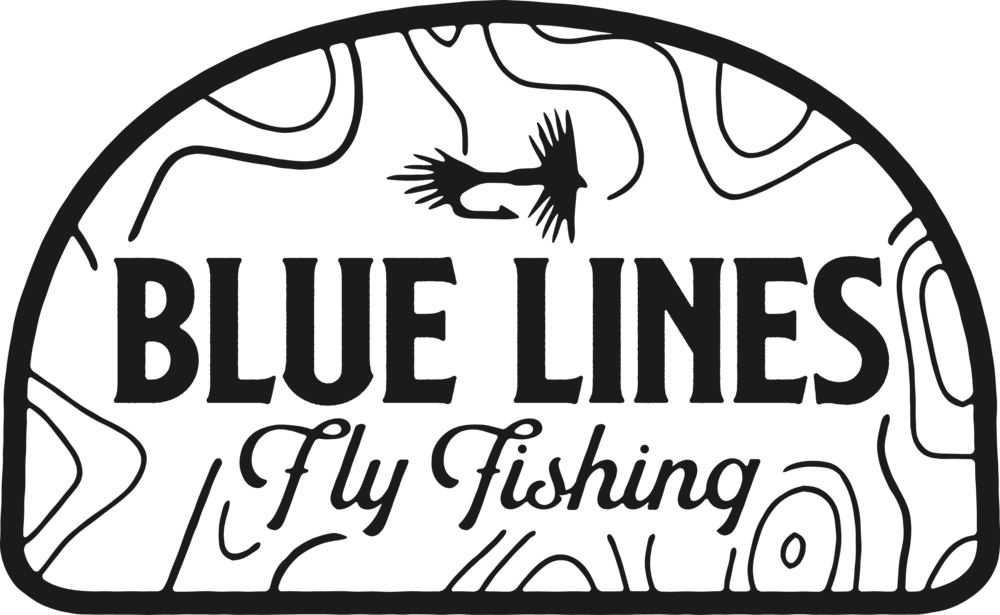by Jeffrey Stutsman
I like to imagine that Captain Nemo would have been a fly fisherman. That he would have stood on the deck of the Nautilus swinging streamers for kraken on windless, starlit nights. After dinner, in his stateroom, he would have tied intricate deer hair flies by candlelight, carving sculpted diver-style heads with a straight razor, and whispering madly to the flies about the monstrous jaws they would eventually meet.
Nemo’s fly-tying vise would have the proportions of his ship: chunky, streamlined, and unusual. A delicate, contradictory tank thing. And its base would almost certainly be enameled in the cerulean blue of the sea he loved so much.
This fantasy for me is so fully realized in Wolff’s Atlas vise that it’s easy to see what drew me to it. In fact, it’s difficult to sit down at my tying station and not tie kraken flies on the damn thing. But since I primarily fish for trout, the flies I churn out are generally smaller and duller, and look mostly like an insect once you drop them in water and squint.
With a quick spin of its heavy, knurled knob to adjust the draw collet jaws, the Atlas will securely hold tiny hooks (down to thirty-“oh god my eyes”-two), very large, krakenesque saltwater hooks (up to 7/0), and everything in between. Blissfully, it does so with the same set of jaws. Its base is stable and well positioned, so nothing wobbles in any direction, even when I crank the thread down on a size 4 foam hopper.
We’ve established that I’m a science fiction fan with an overactive imagination, but I am also a tools guy. I’ve relied on tools for my living; I’ve been a carpenter, a bike mechanic, and a cook, and have cultivated a deep love for great tools. They don’t have to be expensive (and it’s better if they’re cheap), but a tool has a job to do. It can be pretty, it can be handmade, it can be fucking art, but if it doesn’t do its job, it won’t last long.
Wolff’s Atlas vise is a great tool. It is well designed, tough, and precise. Everything your hands touch feels solid, and well-made. There are no extraneous details; every single component serves a purpose. It’s fully reversible for left- or-right-handed tyers. The base is large, heavy, and very stable. And the chunky, rounded design is surprisingly ergonomic. The Anvil is a fully adjustable true-rotary vise, with independent knobs for lockout and tension, and its delrin bushings spin smoothly throughout its 365-degree range.
Niggles: it took a few weeks of regular use for the cam lever to break in and smooth out. The material clip is really just adequate, and the Anvil is pretty much the only vise in its class that doesn’t include a bobbin rest. However, it is also a little less expensive than the competition, and since I rarely use a bobbin rest, I’m not overly burdened by its absence. If you require one, budget an extra $10–$20.
The Atlas is well machined and the finish is reassuringly variable and unrefined. It is a tool, after all, and its beauty lies in its function, not its polish.
There are quite a few really good vises in the $125 to $200 range (notably from Peak, Renzetti, and Griffin), but only the Atlas would be at home in a stateroom on the Nautilus. And that’s enough reason to add it to your short list when considering a new vise.

